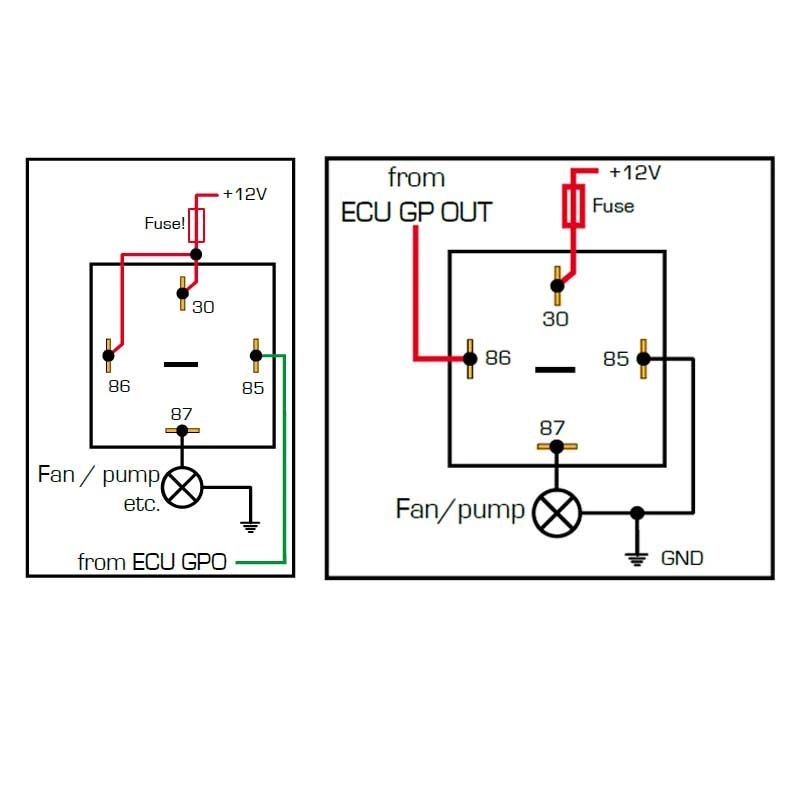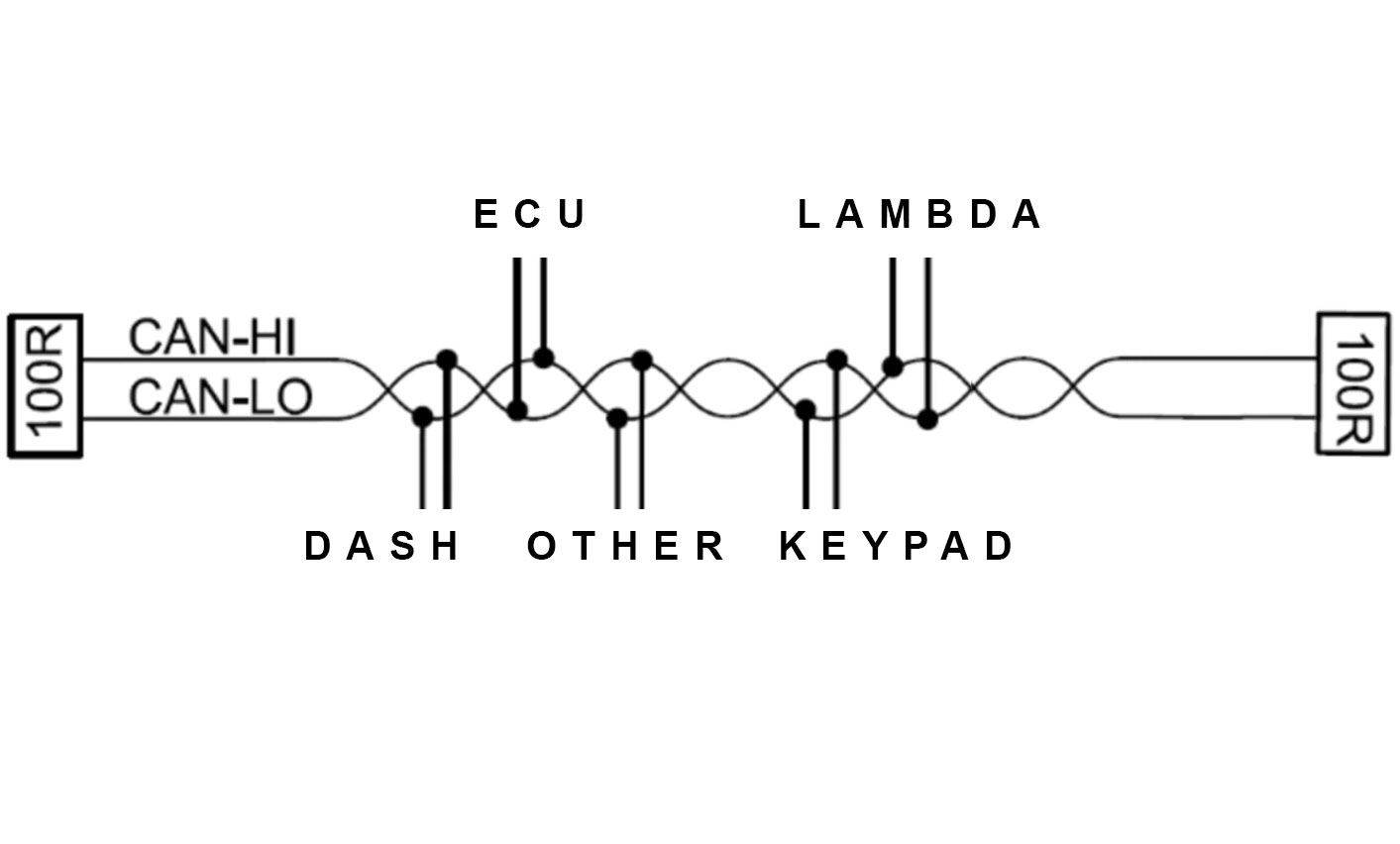Buttons - Switches - Information

Buttons, switches, toggle switches, power switches, current changers, toggle current changers, and main power switches are some of the different names used.
Information about these can be found in the following categories:
- What does a button/switch do
- Different Variants
- Choosing a Current Switch
- Installing a Button/Switch
- Connecting a Button/Switch
- Accessories
- Compare Buttons and Switches
1 ▼
What Does a Button/Switch Do
A switch/button is simply a power switch used to start or turn off components in the car.
These are used to easily maneuver electrically controlled components in a car such as ignition, starter motor, fuel pumps, electric fans, lighting, and much more.
A button/switch typically needs to work with a relay since it cannot handle high current. A power switch, on the other hand, can have a more robust design where the main power cable can pass through the switch.
2 ▼
Different Variants
Push Button / Push Switch:
A push button sends a signal when you hold it down, and as soon as you release it, the button does not pass through any signal, making it suitable as a start button. A push switch delivers power when you press it and typically "locks" with a click, delivering a signal until you press the button again to release it. This is suitable for turning on the ignition or similar functions.
Toggle Switch:
A toggle switch actually comes in 3 different configurations technically.
ON/OFF (2 positions)
ON-OFF-ON (3 positions)
ON/OFF (momentary, similar to a push button, where as soon as you pull the lever it sends a signal but springs back to off when you release it).
Power Switch / Main Power Switch
Used to turn off or on the power in the car. Often mounted outside the car and one inside the cabin on motorsport vehicles. The reason is simply that both personnel and others can turn off the power from outside for safety reasons.
Digital Buttons
It is becoming more common to have buttons that are digitally controlled and connected to the ECU / PDM through CAN communication. This allows a button to act as both a push button and a switch, providing great flexibility.
3 ▼
Choosing a Power Switch
When choosing what kind of switch/button you want, the first thing you need to determine is the function you want and select the appropriate type of button/switch.
- Main Power - Switch
- Starter Motor - Push Button
- Fan Motor - Switch
- etc.
Then you need to know if the button can handle the current and whether it should be connected directly to the circuit or if it needs to be connected to a relay.
4 ▼
Installing a Button/Switch
Analog Button/Switch
Since most analog switches and buttons are for panel mounting, it's good to have a hole saw or drill with the correct dimensions for the switch or button. Install the wiring correctly, and you will then have the desired function for your switch or button.
Digital Keypad
This type of button is easily mounted with a nut on the back that secures the panel. Only two small holes need to be drilled.
5 ▼
Connecting a Button/Switch
Analog Button/Switch
These are connected with the help of a relay as they cannot handle the current themselves.
Power switches are often connected as a splice directly to the circuit without a relay.

Digital Keypad
A digital button/keypad is connected to the ECU or PDM via CAN protocol. The wiring should ideally not be longer than 45 cm from the actual CAN bus.

6 ▼
Accessories
Wiring
For connecting your button/switch, cables are needed.
Terminal Lugs
For connecting your switch. Terminal lugs are used to connect wiring to the switch. These can vary depending on the type of button, but lugs for flat pins or ring terminals are the two most common types. Also, connectors are common.
Relay
A device that conducts a large current activated by a small current. A relay is used when a button/switch cannot handle the current in the circuit it is meant to control. In this case, a relay is installed between the circuit and the button.
▼
▼
-
Engine management / Electric
- Engine control system: The various parts available
- Ignition System Information
- Install motor control
- Pressure sensor - Information
- Temperature sensor - Information
- Buttons - Switches - Information
- Connectors - Information
- Cooling fan car - Information
- Exhaust gas temperature sensor - EGT Sensor
- Lambda sensor - Wide band lambda
- Relay - Information
- Relay box - Fuse central
- CAN protocol - Canbus
- Ethanol sensor - Information
- Gauges and Dash
- Trigger sensor information
- Dimensioning of cable [and fuse size]
- Distributor Problems (And Solution)
- How does an Ignition Coil work?











































